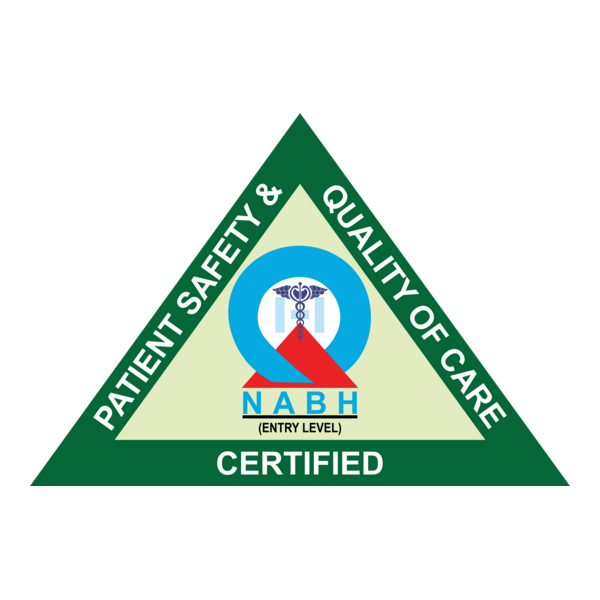Endoscopic Examination of Larynx
Definition
Endoscopic examination of the larynx is a diagnostic procedure that uses a thin, flexible or rigid scope with a light and camera to visualize the voice box (larynx). It helps detect abnormalities such as inflammation, nodules, polyps, tumors, vocal cord paralysis, or infections.
Purpose of Endoscopic Examination of Larynx
To evaluate causes of hoarseness, voice changes, or throat pain
To detect growths, swelling, or infections in the larynx
To diagnose vocal cord dysfunction, paralysis, or injury
To guide treatment planning for ENT and speech disorders
Types and Methods of Examination
Indirect Laryngoscopy
Uses a small mirror and light source
Quick, simple, and non-invasive
Flexible Fiberoptic Laryngoscopy
Performed with a thin flexible tube passed through the nose
Provides detailed view of vocal cords and laryngeal movement
Rigid Endoscopy
Provides high-resolution images
Used to detect structural problems, tumors, or lesions
Stroboscopy
Specialized method using strobe light to assess vocal cord vibration
Useful in diagnosing subtle voice disorders
Post-Examination Care
Temporary mild throat discomfort may occur
Voice rest may be advised in some cases
Guidance provided for further treatment if abnormalities are found
Follow-up scheduled for biopsy or therapy if needed
Benefits of Endoscopic Examination of Larynx
Provides clear, real-time visualization of the voice box
Detects early signs of cancer, polyps, and other conditions
Assists in accurate diagnosis of voice and swallowing disorders
Safe, minimally invasive, and effective diagnostic tool


